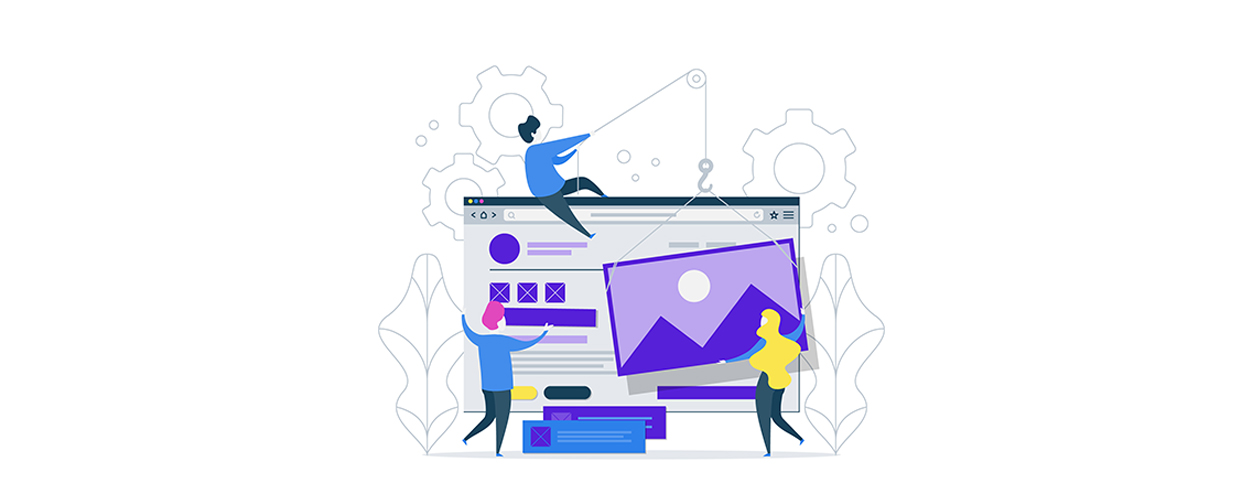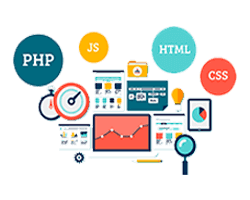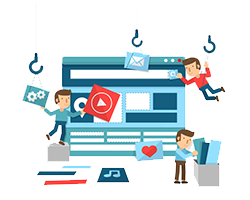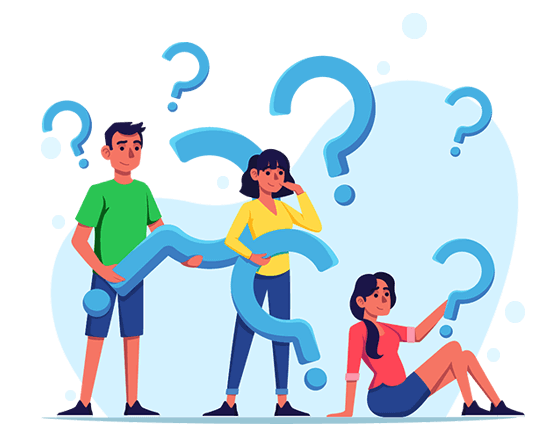The Essential Guide to Modern Web Designing with Creative Designs
In today’s digital landscape, web designing is not just an art; it’s a critical business strategy. A well-crafted website can be the difference between a potential customer clicking away and them converting into a loyal client. At Creative Designs, we believe that every pixel matters, and the impact of a stunning website layout reverberates throughout your brand identity.
So, what makes our approach to web design stand out? First off, we embrace responsive web design. This means your website will seamlessly adapt to any device—be it a desktop, tablet, or smartphone. With over 50% of global web traffic coming from mobile devices, ensuring your site looks great everywhere is not just nice to have; it’s essential for success.
Your Vision Comes to Life with Custom Solutions
Every business is unique, and so are its needs. That’s why we offer custom web design services tailored specifically for you. Whether you’re looking for an ecommerce website design, a corporate site, or a portfolio showcasing your work, our team will work tirelessly to bring your vision to life.
User Experience at its Core
User interface design and UX design are the cornerstones of effective web development. A beautiful design will only take you so far if users can’t navigate comfortably through your site. That’s where our focus on usability shines through—making sure that every interaction is intuitive and engaging.
- Create interactive elements that keep users engaged.
- Optimize load times for better accessibility and user retention.
- Implement SEO best practices right from the start to boost visibility.
The importance of integrating modern technologies like HTML CSS JavaScript, along with tools for front-end development, cannot be understated. These technologies empower us to build websites that are not only functional but also visually appealing. Paired with graphic design elements that resonate with your brand identity, we ensure that each site stands out in the crowded online marketplace.
Your Partner in Digital Growth
At Creative Designs, we understand that startups and small businesses often operate under tight budgets while aiming for big dreams. That's why we pride ourselves on delivering affordable yet high-quality solutions without compromising on quality or aesthetics. We want your online presence to reflect the passion behind your business—and together, we can achieve just that!
"A great website is like a good book—it draws you in!"
If you're ready to elevate your brand and engage with customers like never before, explore our extensive portfolio of innovative designs at Creative Designs [insert link]. Let us help you navigate the world of digital marketing services in India as you embark on this exciting journey!
Understanding the Importance of Responsive Web Design
Responsive web design isn't just a trendy phrase thrown around by tech enthusiasts; it’s the backbone of today’s online experience. With the variety of devices available—from smartphones to tablets and desktops—creating a website that adapts to different screen sizes is not merely an option; it's a necessity!
But why is this adaptability so crucial? Well, here are some compelling reasons:
- Enhanced User Experience: Imagine browsing a website that requires constant zooming and scrolling because it’s not optimized for your device. Frustrating, right? A responsive design ensures that all users enjoy a seamless experience, no matter how they access your site.
- Improved SEO Rankings: Google values mobile-friendly sites and uses mobile-friendliness as a ranking factor in search results. By implementing responsive design, you’re not just pleasing your visitors; you’re also appeasing the search engine gods!
- Cost-Effective Solution: Instead of developing multiple versions of your website for different devices, responsive design allows you to maintain one single site. This means lower maintenance costs and less hassle in the long run.
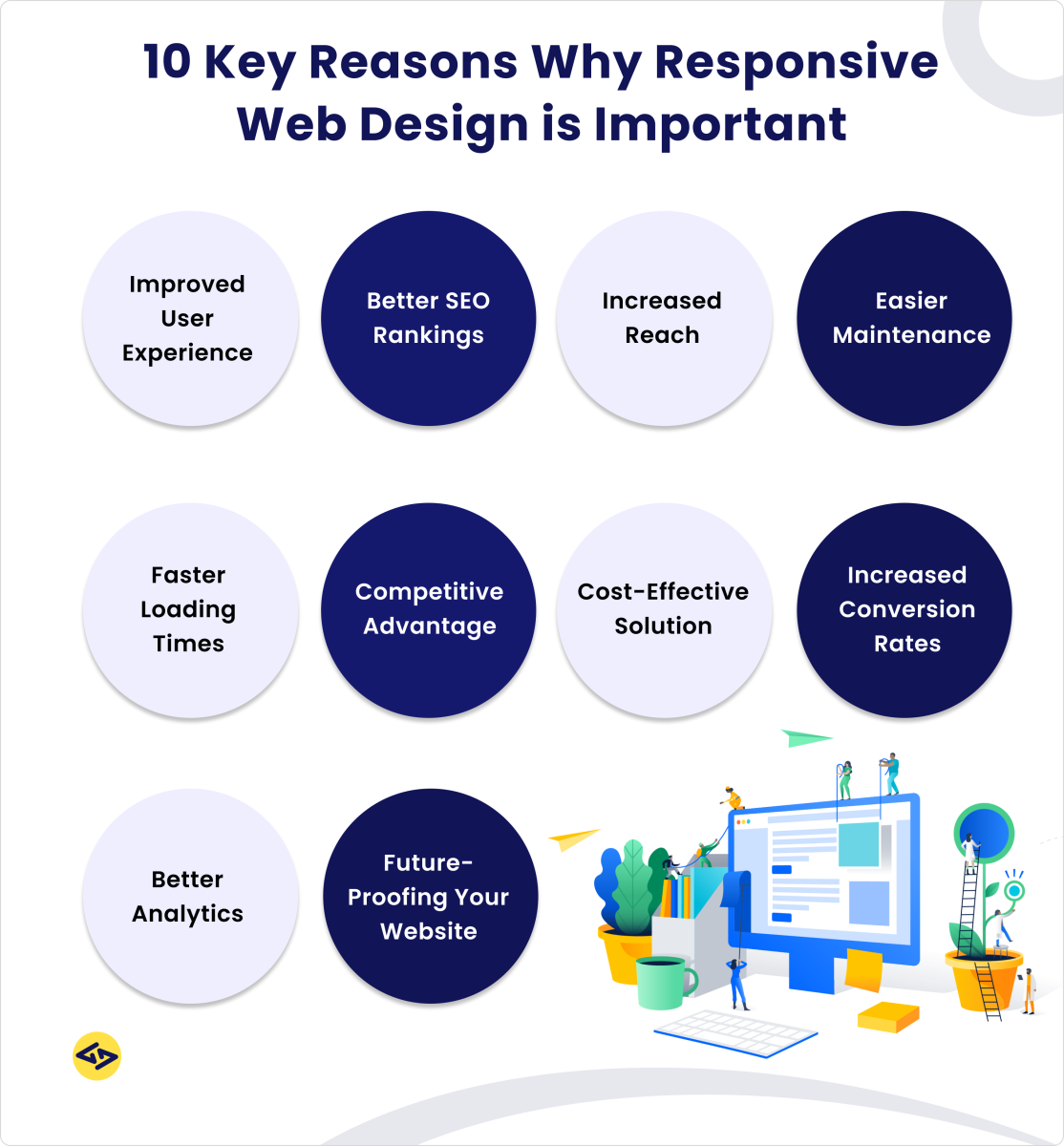
The Technical Side of Responsive Web Design
Diving deeper into the technical aspects, responsive web design utilizes fluid grids, flexible images, and CSS media queries to create an adaptable layout. Here’s how each component contributes:
- Fluid Grids: Instead of fixed pixel dimensions, fluid grids use percentages to define the size of elements relative to one another. This flexibility allows designs to scale seamlessly on any device.
- Flexible Images: Images need to scale within their containing elements without losing quality or clarity. Techniques such as CSS properties for max-width ensure images resize appropriately across devices.
- CSS Media Queries: These powerful tools allow developers to apply different styles based on device characteristics like width and orientation. Think of them as conditional statements that help tailor your site for every visitor's context.
The User-Centric Perspective
A responsive design isn’t just about technical prowess; it's fundamentally about user-centricity. In 2023, users expect more than just aesthetics—they want functionality. Here are some user-centric benefits:
- Easier Navigation: Menus and buttons that adjust according to screen size prevent users from accidentally clicking on the wrong link due to overcrowding.
- User Engagement: A site optimized for mobile devices has lower bounce rates and higher engagement levels. After all, who wants to leave a site where they can’t interact comfortably?
The statistics are staggering: approximately 70% of mobile searches lead to action within one hour (Google). If your website isn’t responsive, you may be missing out on valuable opportunities.
"Design is not just what it looks like and feels like. Design is how it works." - Steve JobsIf you're contemplating a website redesign, consider making responsiveness a top priority. At Creative Designs, we specialize in creating sophisticated yet practical designs that resonate with today’s digital audience—ensuring every user feels at home on any device!
Key Components of User Interface and UX Design
When it comes to crafting a compelling online presence, the synergy between User Interface (UI) and User Experience (UX) design is crucial. Both disciplines work together to ensure that visitors not only find your website visually appealing but also easy to navigate. Let’s delve into the key components that contribute to effective UI and UX design.
1. Visual Hierarchy
Visual hierarchy is about arranging elements on a page in a way that naturally guides the user's eye. A well-thought-out hierarchy helps prioritize content and elements so users can easily identify what’s most important.
- Size and Scale: Larger elements tend to draw more attention, so use them strategically for calls-to-action (CTAs).
- Color Contrast: High contrast between text and background improves readability, making it easier for users to digest information quickly.
- Whitespace: Don’t underestimate the power of whitespace! It creates breathing room around elements, enhancing focus and reducing clutter.

2. Intuitive Navigation

Your website's navigation should be as seamless as a hot knife through butter. Users should instinctively know where to go next without feeling lost or overwhelmed.
- Simplified Menus: Limit options to avoid decision fatigue; aim for clear categories that reflect user needs.
- Bread Crumbs: Incorporate breadcrumb navigation so users can easily backtrack—it's like leaving a trail of tasty bread crumbs (minus the calories).
- Search Functionality: For content-heavy sites, a search bar is essential in helping users find exactly what they’re looking for in no time!
3. Consistency Across Elements
A consistent design language ensures that users have a coherent experience throughout their journey on your website.
- Color Palette: Stick to a defined color scheme that reflects your brand identity; this builds trust and recognition.
- Button Styles: Ensure buttons look similar across the site so users know where to click without second-guessing themselves.
- Use a limited number of fonts across headings, body text, and buttons for visual consistency—it’s like wearing matching socks!
4. Feedback Mechanisms
Your website should communicate effectively with its users. Providing feedback during interactions enhances UX significantly.
- Error Messages: Clear and constructive error messages guide users back on track instead of leaving them puzzled—think of it as being their friendly guide through tricky pathways!
This is when buttons or links subtly change appearance when hovered over—an engaging cue that lets users know they’re clicking on something actionable.
The Final Touch: Usability Testing
No design is perfect from the get-go! That’s why usability testing is essential in identifying friction points in UI/UX. Gathering real user feedback allows you to fine-tune your design iteratively based on actual interactions rather than assumptions.
The end goal? Create an intuitive platform where visitors not only linger longer but also convert into loyal clients. As part of our commitment at Creative Designs, we emphasize these components in every project we undertake—from custom web designs tailored for small businesses to interactive experiences aimed at delighting users across all devices.
Good design is obvious. Great design is transparent. - Joe SparanoIf you're curious about how we can enhance your website's UI/UX, don’t hesitate to check out our comprehensive portfolio showcasing our expertise in web designing at Creative Designs [insert link]. Let’s make your digital space user-friendly and captivating!
Custom Web Design for Unique Business Needs
When it comes to carving out a niche in today’s competitive market, off-the-shelf solutions just won’t cut it. That’s where custom web design steps in, providing a tailored approach that aligns perfectly with your unique business needs. At Creative Designs, we understand that a one-size-fits-all strategy doesn’t work for everyone. Instead, we create bespoke website designs that reflect your brand identity and resonate with your target audience.
Why Custom Design Matters
A custom website isn’t just about aesthetics; it’s about functionality and user experience. Here are some compelling reasons why investing in custom web design can transform your online presence:
- Tailored Solutions: You have specific goals and challenges—your website should address them directly. We work closely with you to understand your vision, ensuring every feature serves its purpose.
- Brand Identity: Your website is often the first point of contact for potential clients. A custom design allows you to showcase your brand personality through unique graphics, color schemes, and layouts that align with your overall marketing strategy.
- User-Centric Functionality: Unlike generic templates, custom web designs can be built around the exact needs of your audience, making navigation intuitive and engaging. This leads to higher conversion rates as visitors are more likely to stay and interact with a site designed specifically for them.

The Creative Process
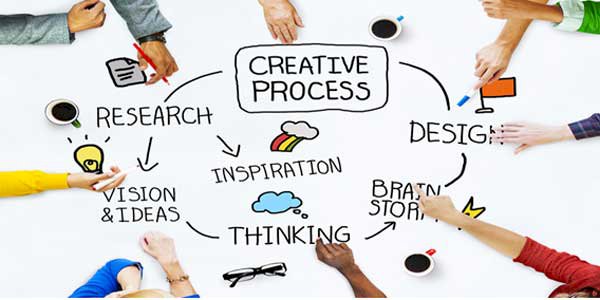
Creating a unique digital experience involves several key phases:
- Discovery Phase: We begin by understanding your business objectives, target audience, and competition landscape. This foundational step ensures our design decisions are data-driven.
- Sitemap Creation: A well-structured sitemap is the backbone of your website layout. It helps visualize how content will flow and ensures all important pages are easily accessible.
- Wireframing: Before diving into the visual elements, we craft wireframes to outline the structural aspects of the site—basically creating a blueprint for what will eventually become a stunning online presence.
- Visual Design & Development: Now it’s time to bring ideas to life! Our team combines eye-catching graphics with robust coding (using technologies like HTML CSS JavaScript) to ensure everything is not only beautiful but also functional.
- User Testing: Before launch, we conduct rigorous testing to identify any usability issues or bugs. After all, no one likes a surprise glitch when trying to explore a new site!
A Focus on Responsiveness
Your custom website will be built using responsive web design, ensuring it looks great on any device—desktop or mobile. With mobile traffic growing exponentially each year, this approach directly impacts user engagement and SEO ranking. Google rewards websites that cater well to mobile users!
The Impact on Your Business
The benefits of investing in a custom website extend beyond aesthetics; they can significantly impact your bottom line:
- Bespoke Features: Whether you need an integrated e-commerce solution or interactive elements tailored for user engagement, we can develop functionalities suited specifically for you.
- Sustainable Growth: A thoughtfully designed website not only attracts visitors but also encourages them to return—leading to sustained growth over time.
- Easier Scalability: As your business evolves, so should your online presence. Custom designs allow for easier updates and feature additions without overhauling the entire platform.
If you're ready to take the plunge into custom web design tailored exclusively for your business needs, explore our extensive portfolio at Creative Designs | Web Designing Portfolio. Let’s collaborate on creating something exceptional together!
The Role of Graphic Design in Visual Content Creation
Graphic design serves as the visual language of your brand, weaving together colors, shapes, and typography to convey complex messages instantly. In the realm of visual content creation, it goes beyond mere aesthetics—it's about crafting experiences that resonate with users and drive engagement. Let's explore how graphic design plays an essential role in shaping effective visual content.
The Power of Visual Storytelling
Humans are inherently visual creatures. Research suggests that visuals are processed 60,000 times faster than text! This is where graphic design takes center stage, transforming mundane information into engaging narratives that captivate audiences.
- Creating Emotional Connections: Colors evoke emotions; for instance, blue often communicates trust and reliability, while red can stimulate excitement or urgency. By incorporating the right color palette into your designs, you can elicit desired responses from your audience.
- Simplifying Complex Ideas: Infographics are a brilliant example of using graphic design to break down complicated topics into digestible bits. A well-designed infographic can illustrate relationships between data points more effectively than a dense paragraph ever could.
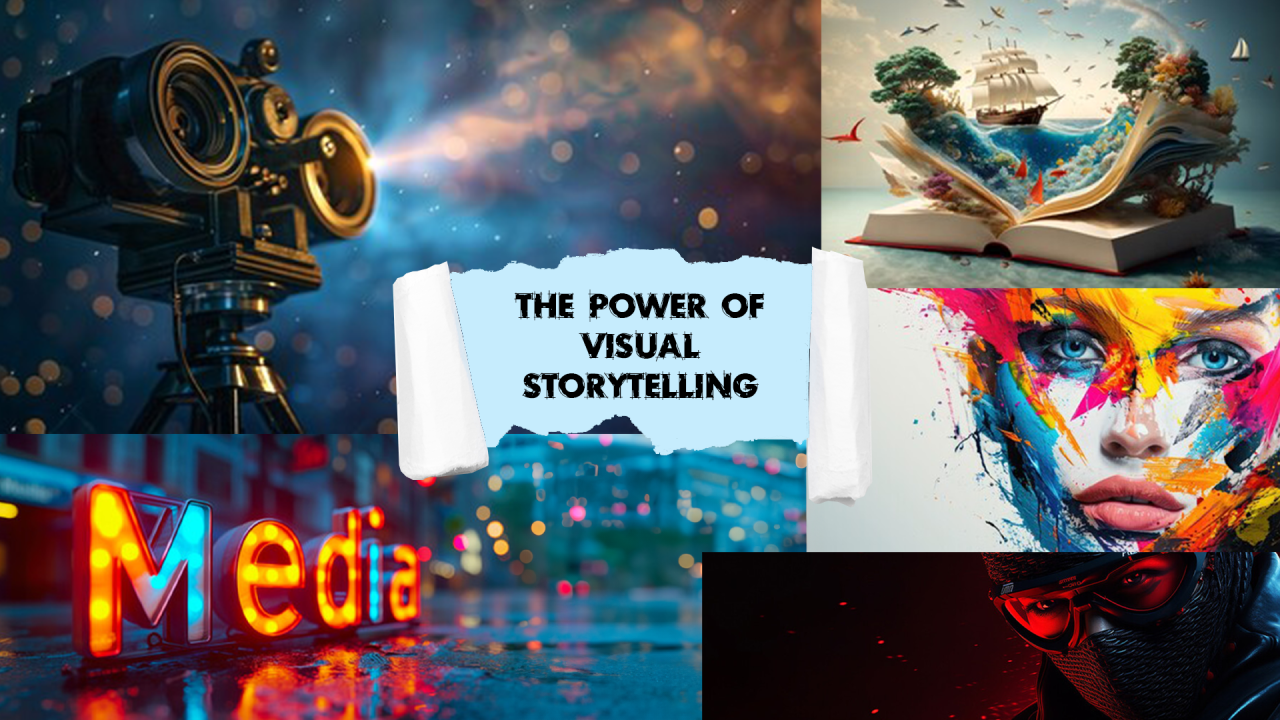
User Engagement through Interactive Elements
Engagement is the heartbeat of any successful website or marketing campaign. Graphic design enables various interactive elements that draw users in and encourage them to take action:
- Call-to-Action (CTA) Buttons: Effective CTAs are not just about what they say; it's also about how they look. A well-designed button stands out from its surroundings and compels users to click!
- Aesthetic Consistency: Maintaining a cohesive look throughout your site helps reinforce brand identity. Consistent use of logos, fonts, and imagery builds familiarity and trust among users.
The Role in Branding
Your brand identity is much more than just a logo; it’s a comprehensive representation of who you are as a business. Strong graphic design ties together all aspects of branding:
- Logo Design: A memorable logo instantly communicates what your business stands for. Think of iconic brands—like Apple or Nike—which have successfully used graphic design to carve their identities into public consciousness.
- Brand Guidelines: A consistent graphic approach ensures that all marketing materials—whether digital or print—align with brand values and aesthetic principles, creating a seamless experience for consumers across all platforms.
The Impact on SEO
You might be wondering how graphic design relates to SEO. Well, optimizing images and graphics can significantly enhance search visibility:
- Image Optimization: Compressing images without sacrificing quality improves load times—a critical factor in user experience and SEO rankings!
- Alt Text Utilization: Including descriptive alt text for images helps search engines understand your content better while also making it accessible for visually impaired users.
A Lasting Impression through Professionalism
Your website's appearance directly influences user perception. Professional-grade graphics signal credibility and serious intent in your business offerings:
- Avoiding DIY Pitfalls: Amateurish designs can detract from credibility; investing in professional graphic design showcases commitment to quality.
- Pioneering Unique Visuals: Custom graphics set you apart from competitors using stock images—after all, authenticity can be a significant differentiator!
The world is flooded with content vying for attention; leveraging compelling graphic design in your visual content creation strategy will not only enhance engagement but also foster lasting connections with your audience. If you're ready to elevate your branding through impactful graphics, let’s collaborate at Creative Designs—where we blend creativity with technology to deliver outstanding results!
Enhancing SEO with Modern Web Design Practices
In the ever-evolving landscape of digital marketing, SEO and modern web design are not just best friends; they’re inseparable partners on the journey toward online success. Think of SEO as the compass guiding your visitors to your site, while web design is the alluring landscape that keeps them engaged. To enhance your website’s visibility and user experience, it's crucial to intertwine effective web design practices with robust SEO strategies.
The Intersection of Design and SEO
When thinking about enhancing SEO through modern web designing practices, a few key elements come into play:
- Mobile Optimization: With more than half of all web traffic originating from mobile devices, having a mobile-friendly design isn’t optional—it’s essential. Search engines like Google prioritize mobile-optimized sites in their ranking algorithms. Responsive designs ensure that your content adjusts beautifully across devices, improving user experience and keeping those bounce rates low!
- Fast Loading Speeds: Did you know that 40% of users abandon a website that takes longer than three seconds to load? A well-designed website incorporates optimized images and streamlined code (think HTML CSS JavaScript) to enhance loading speeds. This not only pleases your visitors but also earns you brownie points with search engines.
- User Experience (UX) Design: The core tenet of effective UX is intuitive navigation. A well-organized site structure with clear menus aids users in finding what they need quickly—and search engines love this! Easy navigation can lower bounce rates and improve session duration, signaling quality content to Google.
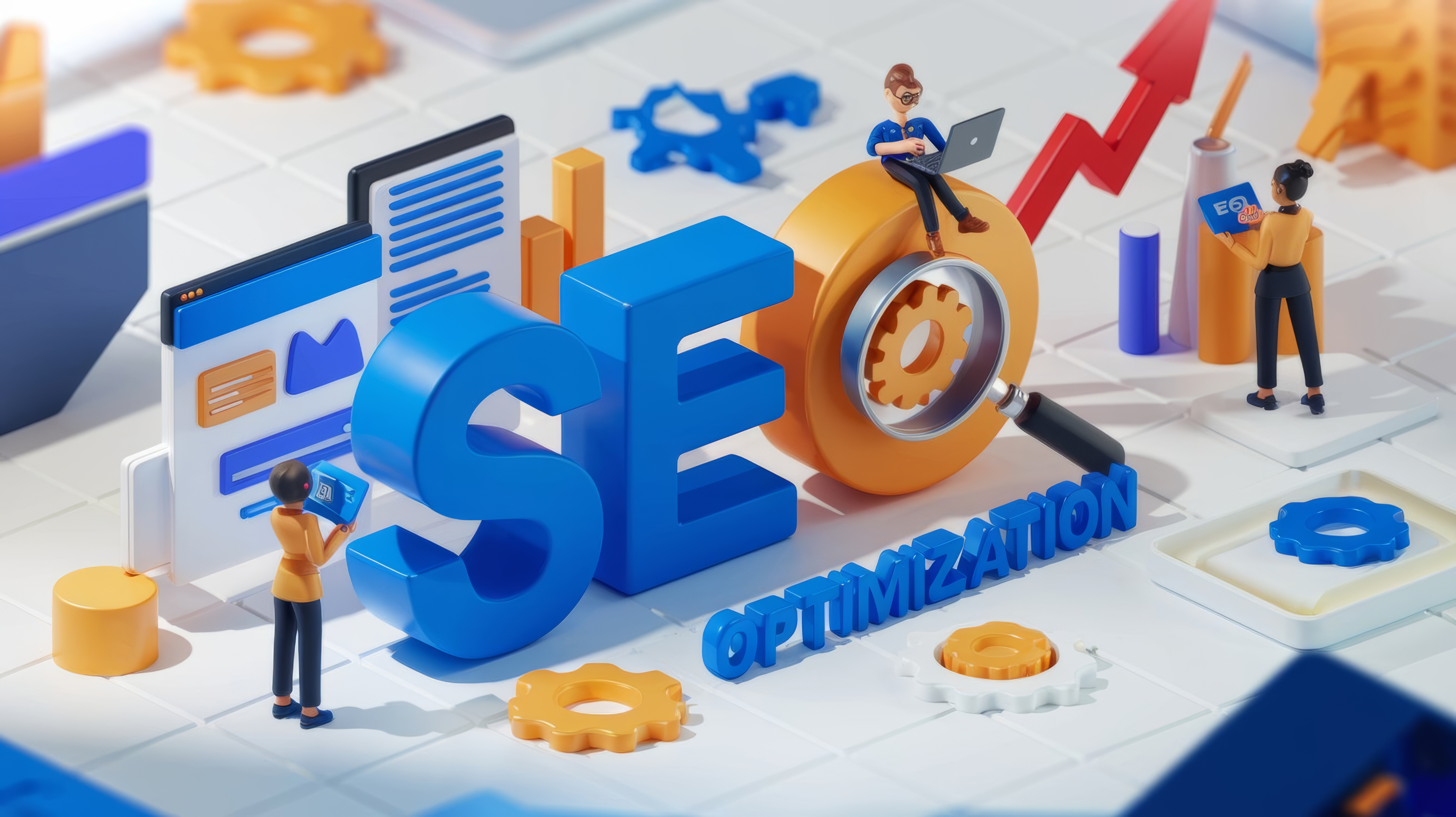
The Importance of On-Page SEO Elements
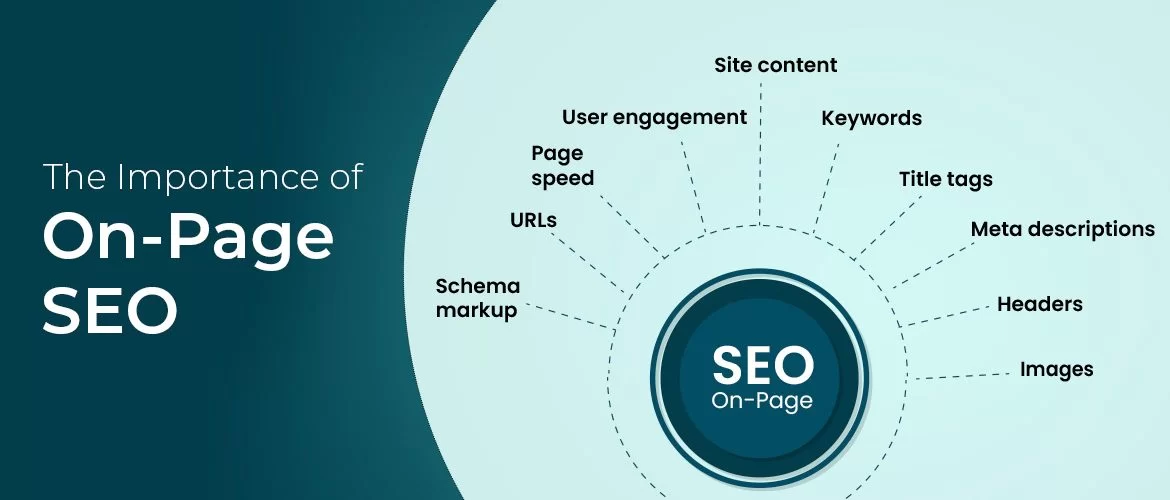
Your website’s design should seamlessly incorporate essential on-page SEO elements:
- Header Tags: Using header tags (H1, H2, H3) not only organizes content for readers but also helps search engines understand its hierarchy. An informative H1 tag paired with relevant keywords gives context to your page.
- Image Alt Text: Images add visual appeal but can also provide context for search engines when paired with descriptive alt text. This boosts accessibility while optimizing for relevant searches.
- Sitemap Integration: A clean sitemap aids both users and search engines in navigating your site effectively. Including it in your web design ensures all pages are indexed properly, improving overall visibility.
The Role of Content in Design
No matter how beautiful a website looks, if the content isn’t compelling or useful, users will quickly lose interest. Therefore, integrating quality content with strategic placement enhances both user engagement and SEO performance:
- Cohesive Layouts: Your content should flow naturally within the layout—engaging sections should be visually differentiated using colors or whitespace without overwhelming visitors.
- Calls-to-Action (CTA):A well-placed CTA encourages action while being elegantly integrated into the overall design—this could be through buttons or hyperlinks inviting users to explore further or make a purchase.
The Lasting Impact of Brand Consistency
A unified brand voice across all pages cultivates trust and recognition among users while adding value to your SEO efforts. Consistency involves not just visuals but also tone and messaging throughout the site.
The Big Picture: Elevating Your Online Presence
The truth is simple: good design enhances usability, which ultimately boosts SEO performance. By focusing on modern web design practices that prioritize user experience alongside technical optimizations, you'll create an engaging environment that attracts visitors while satisfying search engine criteria. At Creative Designs, we specialize in marrying aesthetic appeal with cutting-edge technology—ensuring your website isn't just visually stunning but also ranks higher in search results!
Good websites are like good stories—they capture attention. - AnonymousIf you’re ready to elevate both your design strategy and SEO game plan simultaneously, let’s collaborate at Creative Designs! Explore how our tailored web designing services can help you thrive online.
Ecommerce Website Design: Boosting Online Sales
In the era of digital commerce, having an effective ecommerce website design is more crucial than ever. This isn’t just about aesthetics; it’s about crafting an engaging and seamless shopping experience that converts visitors into loyal customers. Let’s dive into the key elements that can significantly boost your online sales through effective ecommerce design.
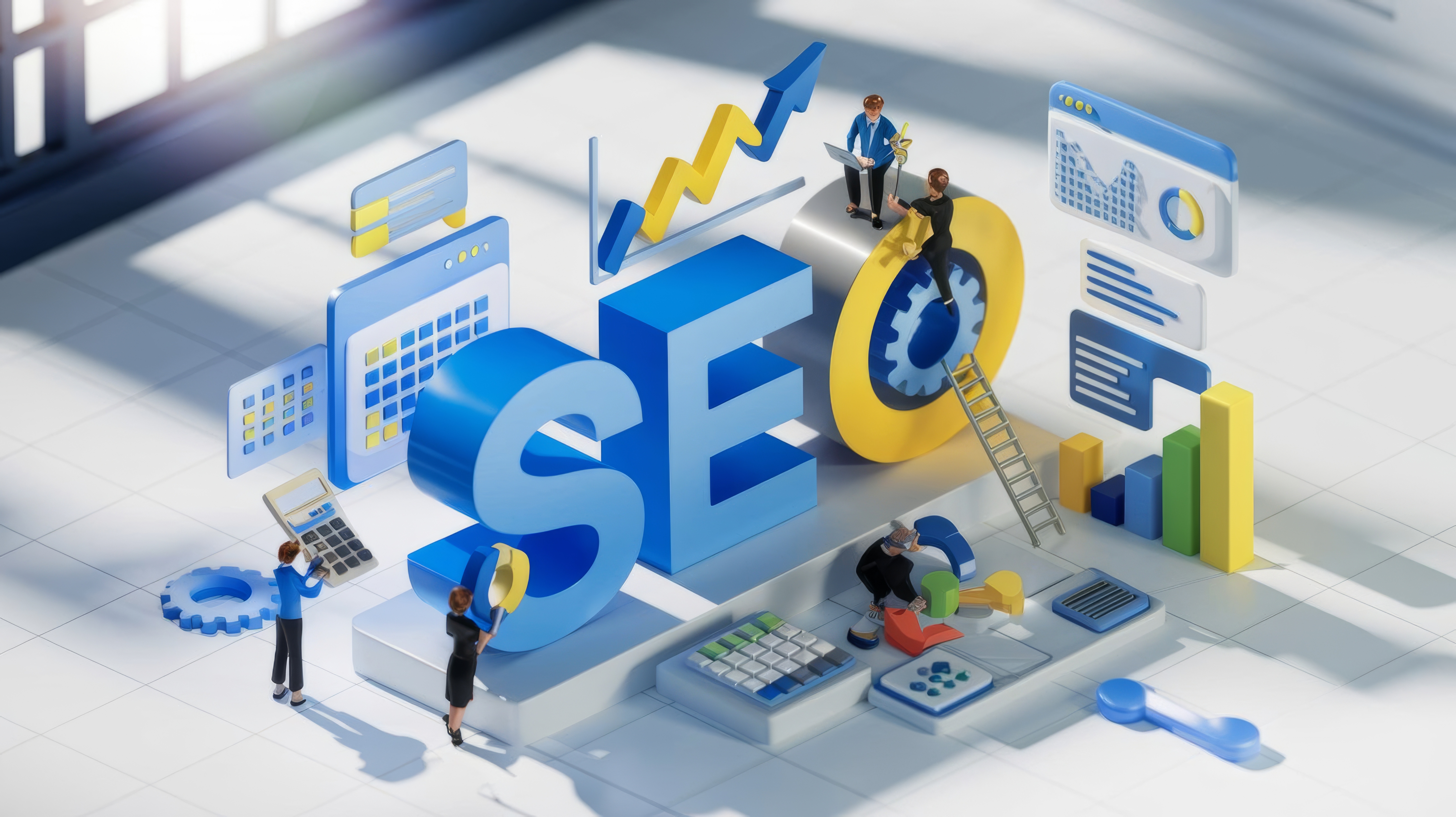
1. Intuitive Navigation
Imagine walking into a physical store where every aisle is confusing and every sign is missing; you would likely walk out without making a purchase, right? The same principle applies online! An intuitive navigation structure allows customers to find what they’re looking for in just a few clicks.
- Clear Categories: Organize products into easily navigable categories, ensuring users can browse without feeling overwhelmed.
- Search Functionality: A robust search bar lets users quickly locate specific items, reducing frustration and increasing the likelihood of conversion.
2. High-Quality Visuals
Your products should take center stage! Leveraging high-quality images is vital for ecommerce success, as visuals often dictate whether a potential buyer will click "Add to Cart" or leave the site entirely.
- Shooting in Context: Showcasing products in real-life situations helps customers visualize how they might fit into their own lives.
- Zoom Features: Allowing users to zoom in on images provides them with a closer look, which can be crucial for products like clothing or electronics.
3. Seamless Checkout Process
A complicated checkout can be the final nail in the coffin for many online transactions. Streamlining this process reduces cart abandonment rates significantly!
- Guest Checkout Option: Allowing users to check out without creating an account speeds up the process and encourages impulse purchases.
- Clearly Displaying Costs: Ensure that all costs—including shipping and taxes—are visible upfront to avoid surprise fees at checkout.
4. Mobile Optimization
The stats are staggering: over 50% of ecommerce traffic now comes from mobile devices. If your site isn’t mobile-friendly, you’re missing out on potential sales!
- Responsive Design: A responsive design ensures that your ecommerce site looks great on any device, enhancing user experience across platforms.
- Tap-Friendly Buttons: Ensure buttons are large enough and spaced appropriately so users can navigate effortlessly on smaller screens.
The Role of Trust Signals
Your website must evoke confidence before customers will commit to purchasing. Trust signals play a pivotal role here!
- User Reviews and Ratings: Displaying customer feedback not only enhances credibility but also helps guide new buyers in their decision-making process.
- Satisfaction Guarantees: Prominently showcasing return policies or satisfaction guarantees reassures customers that they can shop with peace of mind.
The Impact of SEO Best Practices
An attractive website won’t do much good if it can't be found! Integrating SEO best practices within your ecommerce design helps improve visibility and attract organic traffic:
- Craft compelling product descriptions filled with relevant keywords that inform consumers while appealing to search engines.
- Avoid Duplicate Content:This is common in ecommerce sites with multiple sellers offering similar products. Unique content for each product page can help mitigate this issue!
If you're eager to enhance your online store’s performance through outstanding ecommerce website design, look no further than Creative Designs! By focusing on user-centric features combined with modern aesthetics, we create solutions designed to drive sales and elevate your brand’s presence in the digital marketplace.
The road to boosting online sales begins with thoughtful design—let’s embark on this journey together!
In conclusion, Creative Designs offers an array of specialized web designing services tailored for businesses ready to enhance their digital presence. From dynamic small business websites in India to corporate designs that reflect professionalism and innovation—your journey towards an impactful online identity starts here with us.

